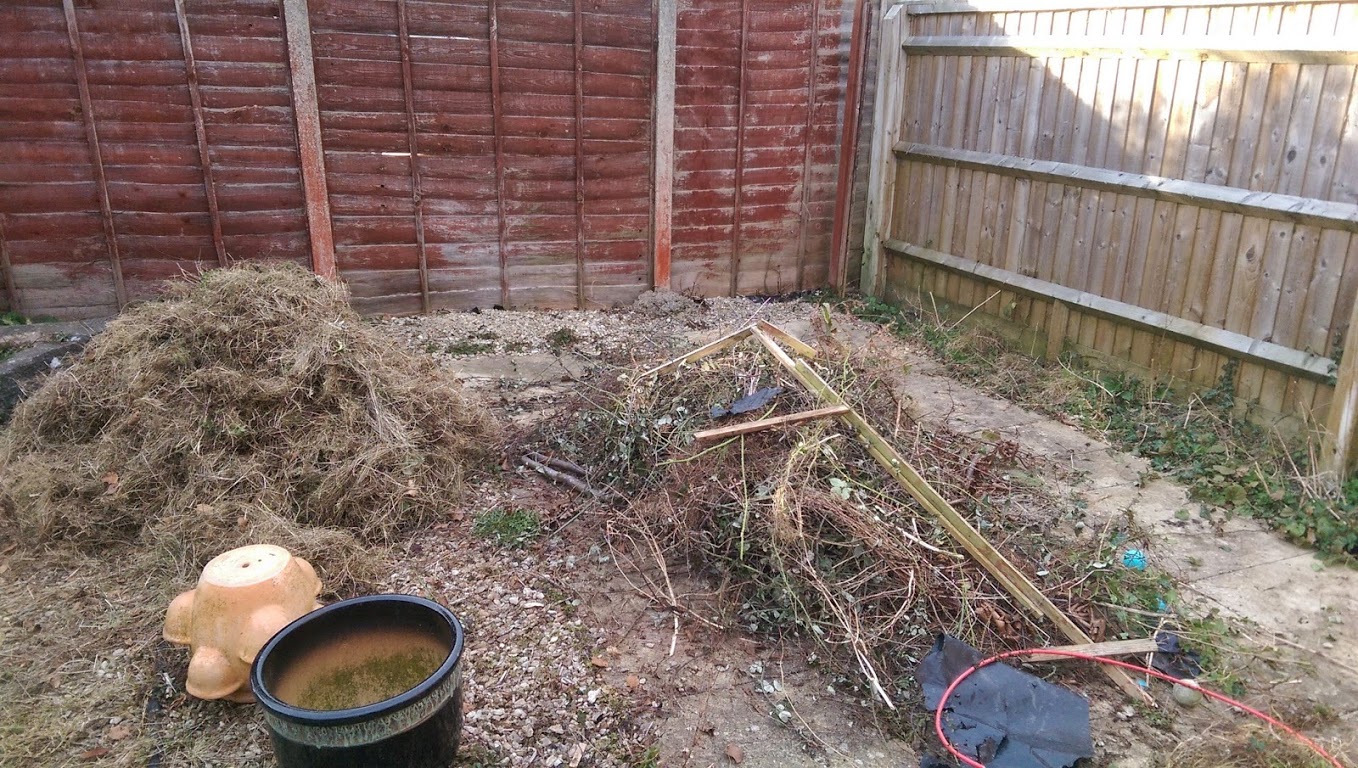Today I raked my lawn. My intention was to clear some of the Leylandii debris and brambles, but to my surprise almost all of the 'grass' came away, leaving more or less bare soil. Since it's quite obviously dead - the lawn was left to grow wild all of last summer and then collapse in the winter - I've raked the whole lawn and removed as much as would yield easily, and I'm happy to have gotten rid of it.
The question is, assuming there are living roots in here, will they regrow sufficiently to give me a decent lawn this year, or should I i) seed over it as it is after removing the solitary weeds or ii) rotavate the lot and reseed it completely?
Picture of the lawn post-raking:

And the dead stuff:

edit #1:
It is now June. I have so far done nothing apart from give it its first mow yesterday. The plot thickens - I spoke to my neighbour on the subject of grass and he mentioned that when the property was first put up for sale, the owner had it turfed. Expecting a quick sale, maintenance was never arranged, so the fresh turf was never mown, grew through its full lifecycle and died back, leaving the sorry state you see in my first pictures. Evidence of this is that there is in fact no thatch whatsoever and what fresh grass there is, still grows in small tufts with bare soil in between. Areas have died completely, and the dried-out turf mat is still intact below the trees at the back. What has survived doesn't look of bad quality, and the weeds are much less invasive when cut down to ground level. I'll sort out a picture shortly.

Much better! There are definitely still big bare spots, but what's coming through looks homogeneous and healthy, if sparse; and the weeds can be pulled out one by one as they're easy to get hold of. I think it'll recover nicely this year.
